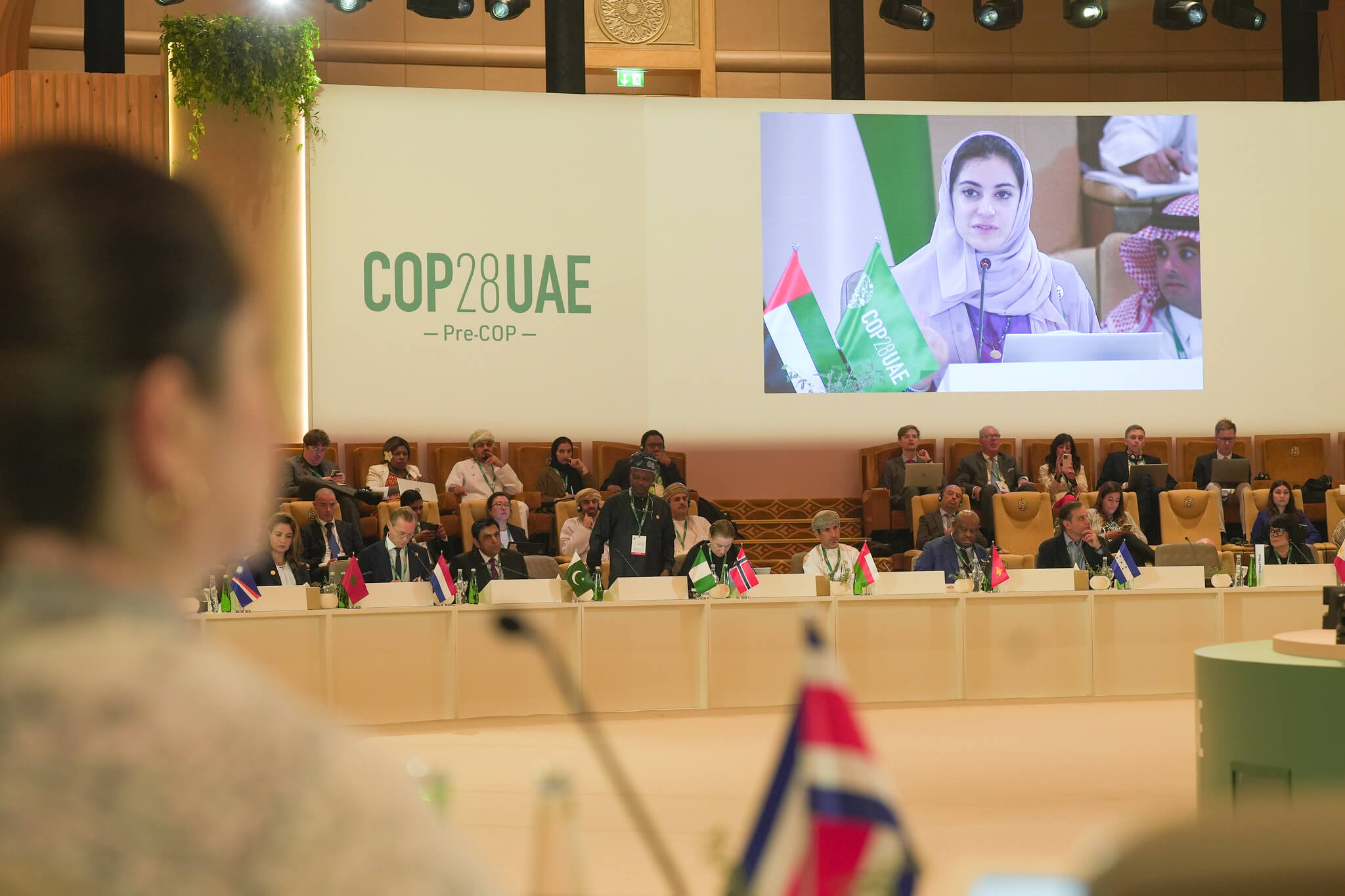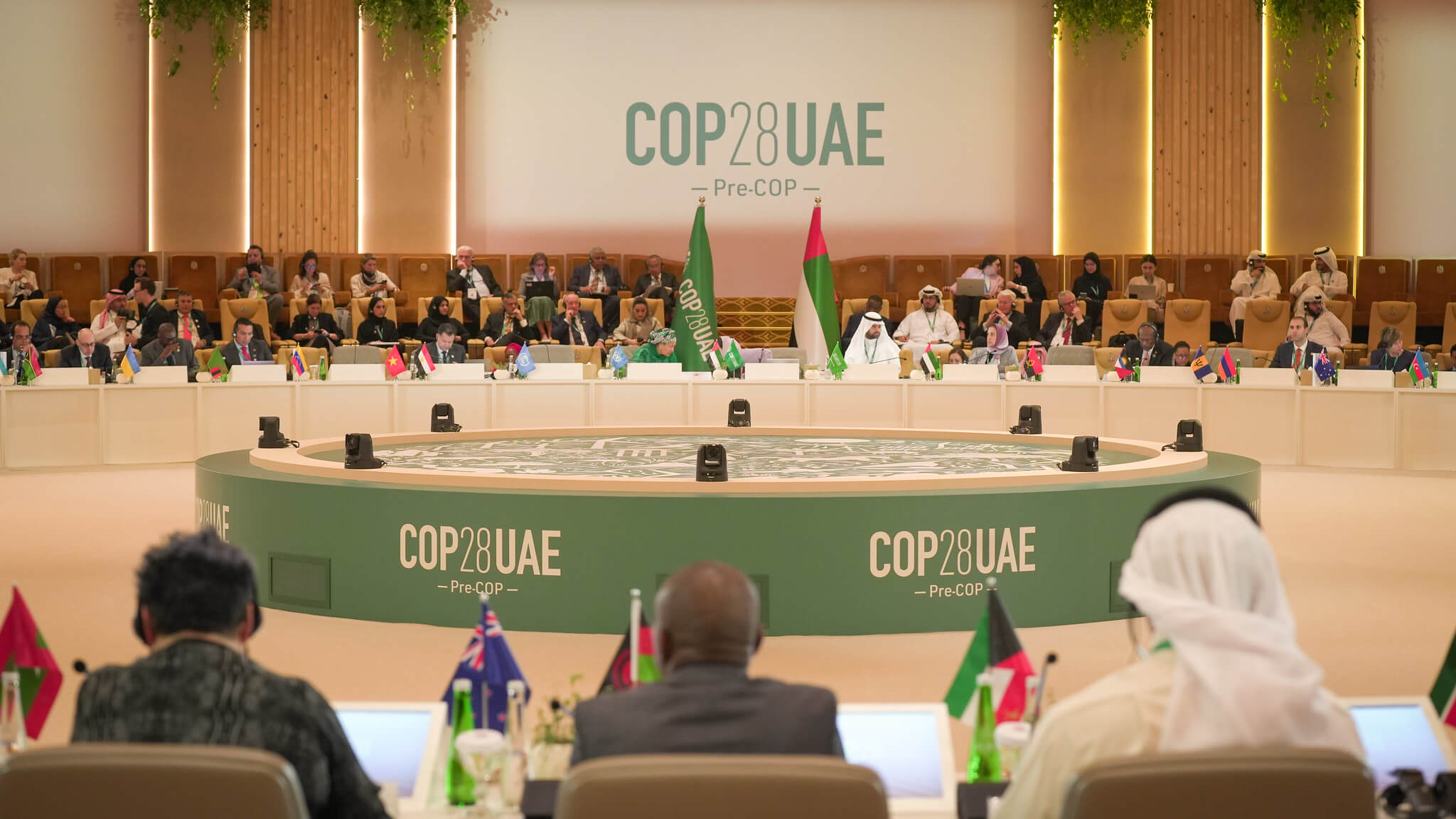Breaking Down the Global Stocktake
Five Things You Need to Know
- In September, the UNFCCC’s first-ever Global Stocktake (GST) will give the world a clear review of our progress and shortcomings on climate leading into a political phase that will rally leaders towards real change.
- It must be harnessed properly, as much more than an assessment, but as a global accelerator, by everyone who has the power to make climate commitments and influence change. From governments to businesses and institutions, the GST is a tool to drive political momentum.
- At COP28 in Dubai this December, world leaders will have a responsibility to future generations to use the GST to commit to and implement ambitious new action plans which result in a course correction at a global scale if we are to limit warming to no more than 1.5°C.
- The GST will remove any remaining excuse for inaction – we have never before had such a thorough reflection of our collective wins and failures. If the world approaches the GST properly, it should drive bold new political commitments and roadmaps for action from industry and organizations.
- The GST is just one step in our journey to a liveable future. From COP28, commitments must quickly be turned into implementation at a local, national, and regional level, as ambitious commitments are turned into decisive and impactful action.
What is the Global Stocktake?
- The GST is the heartbeat of the Paris Agreement. Conducted every five years, it is a cyclical process assessing progress towards Paris Agreement goals. Its results are designed to repeatedly compel world leaders toward deeper climate action and fast, enhanced international cooperation, and to ultimately drive progress for decades to come.
- The GST process occurs in three phases: ‘information collection and preparation’ where submissions of data and observations from countries, organizations and international bodies are gathered. This is followed by the ‘technical assessment’, where this information is compiled into an overarching look at progress in mitigation, adaptation and resilience and the final ‘consideration of outputs’ phase – also known as the political phase, when world leaders come together to agree a renewed course of action.
- The first GST began at COP26 in Glasgow. This summer, the technical phase ends with a clear review of where increased ambition is needed the most, setting the stage for the political phase—finalized at COP28—that will determine how world leaders will respond to the crisis.
Why the Global Stocktake Matters
- This is a critical moment, the world needs much more than just an assessment. The GST process ultimately must serve as a “Global Accelerator,” driving nations to step up their climate ambition and pursue the fundamental change needed for a zero-carbon and climate-resilient future that leaves no one behind.
- The next six months will set the course not only for COP28 but also for the future of the fight against climate change. This first GST is an unmissable opportunity for the entire world to course-correct our climate efforts, and to build political will, while there is still time.
Real change requires the GST to contain:
- A successful GST will feature an outcome which sends an unequivocal signal that countries must put forward ambitious climate plans by 2025 that align with the best available climate science. This includes bolstered policies, investments, and ambitious emissions-cutting and adaptation-enhancing targets.
Five priority areas:
- Adaptation: A step-change in the global adaptation response, to ensure adaptation can meet the current and future challenges. This must be based on a foundation of better data on existing responses and the most critical gaps, and include commitments to improved national planning paired with increases to adaptation finance, targeted appropriately and made accessible at a local level.
- Finance: A pivot in how finance is understood, provided, and mobilized. This GST must bring the world together toward systematic reform that scales-up funding in developing countries–particularly the most climate vulnerable who have little historical responsibility for climate change–and rapidly reallocates capital away from fossil fuels and other harmful activities.
- Mitigation: A renewed political commitment to ambitious 1.5C-aligned Nationally Determined Contributions (NDCs). This first GST should include clear guidance and new 2030 and 2035 benchmarks including for a just and equitable phase-out of all fossil fuels, food system transformation, and the protection of nature and biodiversity.
- Equity: A balanced, equity-based approach to the GST will lend it a broad base of legitimacy among Parties and other stakeholders. The outcomes must include sufficient attention to all three long-term goals of the Paris Agreement as well as loss and damage and response measures, and include a needs-based assessment lens.
- Implementation: Strengthened data and accountability mechanisms to ensure follow-through. Gaps in accountability and transparency, including tracking and enforcement mechanisms, have emerged as a clear theme in independent research. The Stocktake could include new commitments to expand accountability and disclosure requirements, with aligned tracking frameworks
Published September 7, 2023
Downloads


